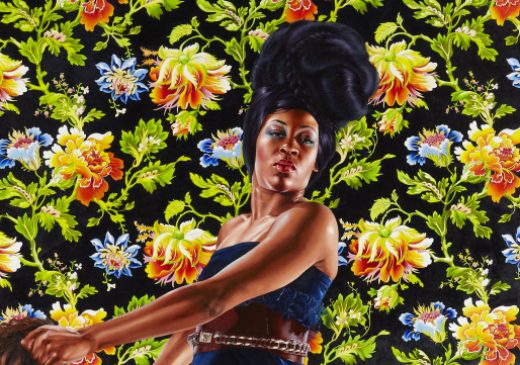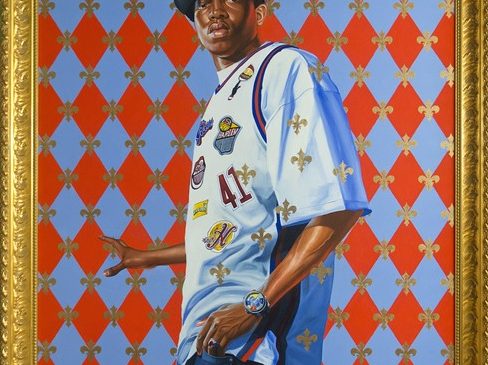
Kehinde Wiley (artist)
About
In his work, Wiley references Western European portraiture in what he calls “urban-meets-classical” style. By presenting his contemporary subjects in these formats, Wiley purposefully departs from a style of portraiture that was historically reserved for elites. He juxtaposes modern urban culture with art-historical convention to make a provocative statement about the hierarchical nature of Western society. In Wiley’s words,
“The phrase ‘an economy of grace’ speaks directly to the ways in which we manufacture and value grace and honor, the people that we choose to bestow that honor upon, and the ways in which grace is at once an ideal that we strive for and something that is considered to be an natural human right. I am painting women in order to come to terms with the depictions of gender within the context of art history. One has to broaden the conversation… This series of works attempts to reconcile the presence of black female stereotypes that surrounds their presence and/or absence in art history, and the notions of beauty, spectacle, and the ‘grand’ in painting.”

